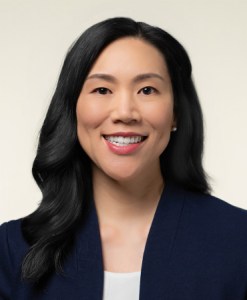How much is inequity costing us? Using a simple growth accounting framework we apply standard shift-share techniques to data from the Current Population Survey (1990-2019) to compute the aggregate economic costs of persistent educational and labor market disparities by gender and race. We find significant economic losses associated with these gaps. Building on this finding, we consider which disparities generate the largest costs, paying specific attention to differences in employment, hours worked, educational attainment, educational utilization, and occupational allocation. We also examine gaps in the returns on these variables. Our findings suggest that differences in employment opportunities and educational attainment make the largest contributions by race; differences in returns on these variables also contribute materially to the total costs. Differences by gender are primarily driven by gaps in employment and hours. Given the disproportionate impact of COVID-19 on the labor market outcomes of women and people of color, as well as the fact that the U.S. population is increasingly racially diverse, these costs will only increase in the future.
About the Authors
Laura Choi is executive vice president of Public Engagement at the Federal Reserve Bank of San Francisco, where she provides overall strategic direction and leadership for the Community Development, Government and Civic Relations, and Regional Business Engagement teams. Learn more about Laura Choi
Mary C. Daly is president and CEO of the Federal Reserve Bank of San Francisco. Learn more about Mary C. Daly

